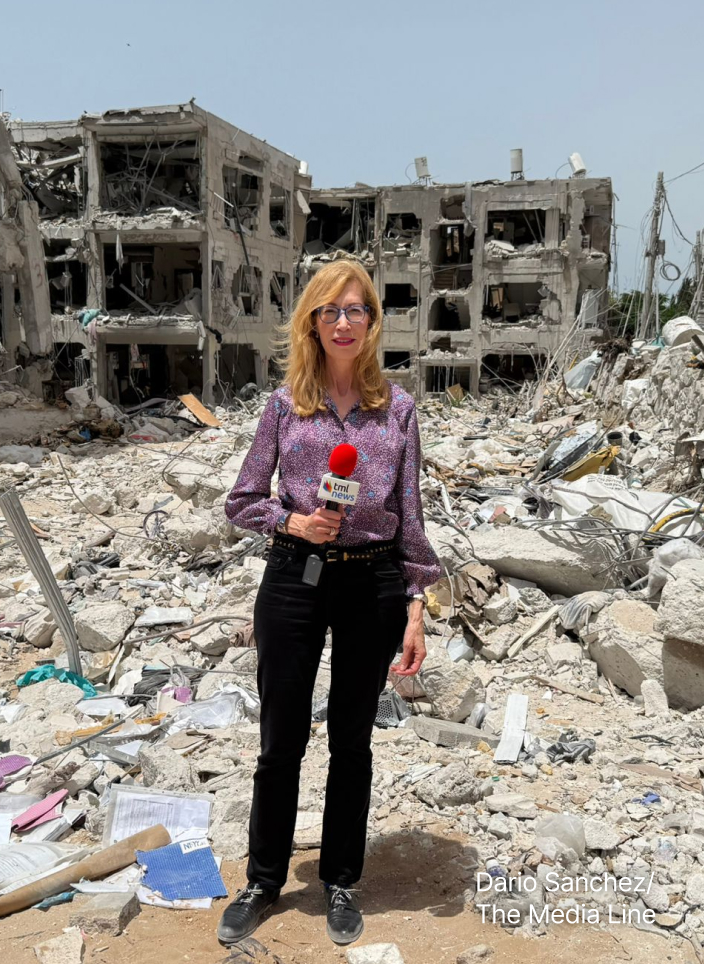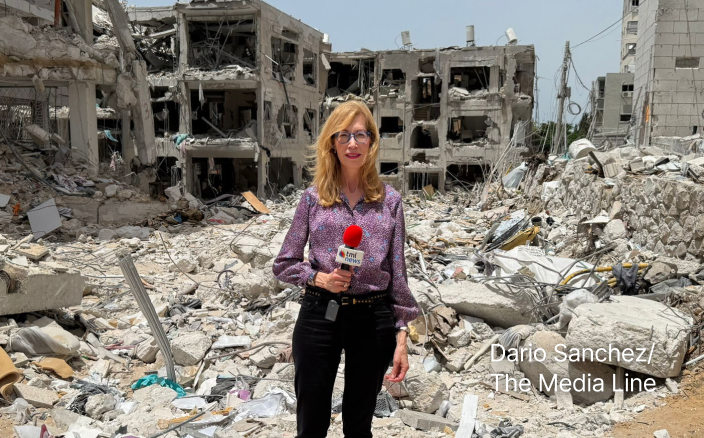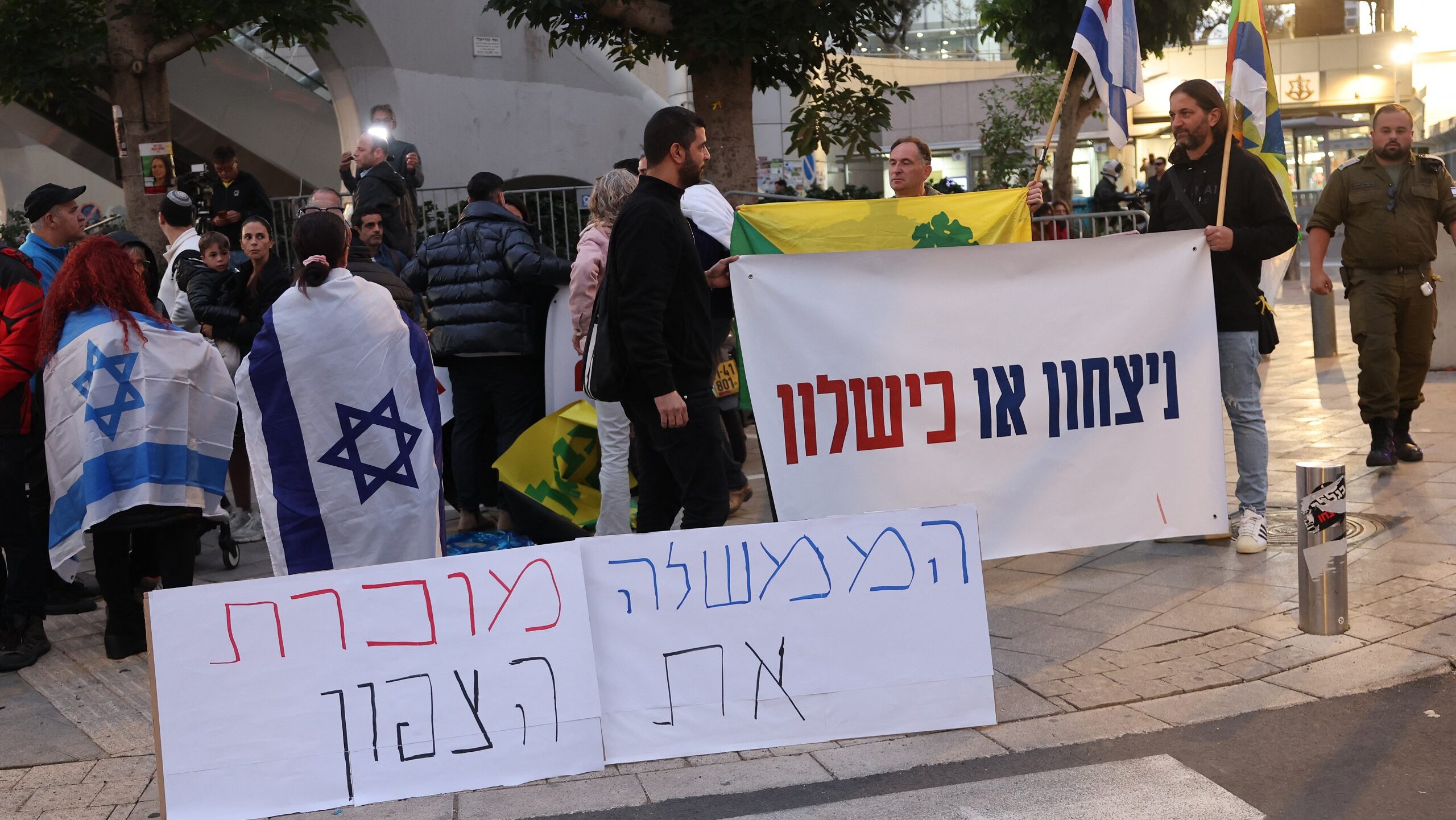Cease-fire Deal Between Israel and Hezbollah Takes Effect Wednesday
The agreement requires troop withdrawals and a Hezbollah-free border zone monitored by international representatives
The Israeli cabinet approved a cease-fire agreement with Lebanon on Tuesday night, set to take effect at 10 a.m. Wednesday. The deal, brokered by the United States and France, aims to end over a year of hostilities between Israel and Hezbollah, enabling civilians on both sides of the border to return home.
We don’t know how long it will last. It could be a month, it could be a year.
The cease-fire requires Israeli troops to withdraw from southern Lebanon and Hezbollah to end its armed presence along the border south of the Litani River. The Lebanese army will deploy at least 5,000 troops to the region.
The agreement includes provisions guaranteeing Israel’s freedom to act against threats in Lebanon, as outlined in a letter between Israel and the US. Israeli officials clarified that the cease-fire is a temporary cessation of hostilities rather than a formal end to the conflict. “We don’t know how long it will last. It could be a month, it could be a year,” an official said.
Lebanese Foreign Minister Abdallah Bou Habib confirmed that the Lebanese army is ready to deploy in the south, adding that the US could assist in rebuilding infrastructure damaged by Israeli strikes. Hezbollah MP Hassan Fadlallah told Reuters that the group would remain active in providing social services to displaced civilians, calling the final hours before the cease-fire “dangerous, sensitive hours.”
US President Joe Biden and French President Emmanuel Macron are expected to announce the deal overnight, underscoring international support for the cessation of hostilities. Secretary of State Antony Blinken remarked from the G7 meeting in Italy, “So if this is finally agreed, and if this goes forward, it is the answer to the problem that has bedeviled the area for a couple of decades.”
The agreement has sparked significant controversy in Israel, with objections from both Netanyahu’s coalition and the opposition, who argue that Hezbollah will likely violate the terms.
The situation remains tense, with the Israeli Air Force intensifying strikes on Lebanon and Hezbollah increasing rocket fire, launching around 500 rockets over the past two days. In anticipation of more rocket fire, Israel’s Home Front Command imposed further restrictions on civilian activity in the north.
Reports suggest that once the cease-fire is in place, violations by Hezbollah will be monitored through a mechanism involving representatives from the US, UK, and France.
Lebanon, plagued by political instability and a three-year-old interim government, has limited capacity to enforce the agreement and prevent Hezbollah from rearming along the border. Yet, months of negotiations have apparently reached fruition.
“Both sides have reached the point in which there are diminishing returns, in which the benefits of further violence will not bring accomplishments that are worth the investment and for Israel, the maintenance of a presence in Lebanon,” Prof. Eitan Shamir, director of the Begin-Sadat Center for Strategic Studies at Bar Ilan University and former head of national security doctrine at the Strategic Affairs Ministry, told The Media Line.
The imminent transition in US leadership, with President Donald Trump set to replace President Joe Biden in two months, is likely to mark the culmination of prolonged mediation efforts.
“Trump said he is entering office in order to end wars,” said Shamir, “This will leave the front in Gaza to be taken care of.”
Israel’s national broadcaster, Kan, reported Monday that after over a year of strained relations between President Biden and Netanyahu, the former promised to lift certain arms embargos imposed by the US should Israel agree to a cease-fire in Lebanon.
Give the gift of hope
We practice what we preach:
accurate, fearless journalism. But we can't do it alone.
- On the ground in Gaza, Syria, Israel, Egypt, Pakistan, and more
- Our program trained more than 100 journalists
- Calling out fake news and reporting real facts
- On the ground in Gaza, Syria, Israel, Egypt, Pakistan, and more
- Our program trained more than 100 journalists
- Calling out fake news and reporting real facts
Join us.
Support The Media Line. Save democracy.


Fighting between Hezbollah and Israel intensified in the past two months in what began as a series of Israeli attacks that targeted the organization’s senior command, including its leader, Hassan Nasrallah. However, Hezbollah is still believed to have a significant arsenal of rockets and missiles it could use against Israel even as it is distanced from the border.
Hezbollah began firing at Israel a day after the Hamas terrorist organization launched a surprise offensive against southern Israel on October 7 of last year. Its stated aim was to support Hamas’ effort and exhaust Israel into submission. Hezbollah vowed to continue attacking Israel as long as the war in Gaza continues. But, as Israel refuses to withdraw its military from the Gaza Strip and a deal to release 101 Israeli hostages still in the hands of Hamas remains elusive, the linkage appears to have been broken.
Israel’s main concern, and the one that led it to evacuate over 60,000 residents from villages and towns close to the border with Lebanon, was that Hezbollah would execute plans it had to invade Israel and occupy part of it.
“This plan has been thwarted,” Tal Beeri, research director at the Alma Research and Education Center, a think tank focused on security challenges on Israel’s northern border, told The Media Line. “Israel has destroyed the infrastructure on the border that was meant to be the springboard of such an invasion.”
Adding to that, Beeri also said Hezbollah’s elite unit, the Radwan force, has been significantly hit. The Alma Center estimates at least 2,100 Hezbollah terrorists have been killed, many others wounded and rendered unfit for future combat.
“Hezbollah will have difficulty threatening border communities with short-range anti-tank missiles, as that ability is now almost non-existent,” he added. “Regarding the tens of thousands of mid-and-long term rockets and missiles remaining, there is no solution that will completely rid of this threat.”
According to the Lebanese Health Ministry, approximately 3,500 people have been killed since the fighting began, the majority of them in the past two months when the Israeli military began its ground invasion and increased its airstrikes in Lebanon. Over 100 Israelis have been killed by Hezbollah fire.
The Israelis who were evacuated from villages and cities adjacent to the border are anxious to get home. Lebanese residents of villages on the border are also going to be allowed home as part of the agreement after either fleeing or being ordered to evacuate by Israel. These villages are mostly Shiite, sharing the same religious identity as Hezbollah. This, many Israelis believe, is a recipe for the sure return of Hezbollah terrorists.
This is the weakest point of the agreement and the most significant hole in it
“This is the weakest point of the agreement and the most significant hole in it,” Shamir said. “This will again become an opening for Hezbollah to establish vantage points for a future invasion. It will return to be a Hezbollah military stronghold, and without Israel being able to trust the Lebanese army to prevent this from happening, it is difficult to think of a real reason why it won’t happen again.”
A political firestorm began in Israel once details emerged of the pending cease-fire.
Israel’s last war with Hezbollah was in 2006. It ended in a UN-sponsored cease-fire, which was never truly implemented, allowing Hezbollah to strengthen gradually. Israel, reluctant to respond to avoid escalation, largely contained incidents—critics of the current agreement fear that Israel will again retreat to containment.
“The success rests on Israel’s behavior the day after a cease-fire is reached,” said Beeri. “Israel will need to act immediately in every case of violation, at the price of an escalation. The policy of containment is over.”
The agreement guarantees Israel’s freedom to strike at Hezbollah with certain limitations.
The main test for Netanyahu will be whether residents will return to their homes, as voices of criticism were heard on Tuesday.
“There will never be 100% security,” said Beeri. “What is needed to get residents back is the deployment of a massive number of forces on the border and a concerted effort to make more sheltered areas in the north.”
With an even temporary cessation of violence between Israel and Hezbollah, Israel may now refocus its attention on the Gaza Strip. Over a year after the war began, Hamas has been significantly hit, and the Israeli military maintains a presence in certain areas, including the critical border crossing between Gaza and Egypt. Gnawing at the leadership in Jerusalem and causing a deepening rift in society is the presence of Israeli hostages in the hands of Hamas. With Hezbollah’s abandonment of Gaza in favor of a cease-fire with Israel, Hamas could find itself even more isolated than it already is.
There will now be more forces to reenter Gaza and continue to rid Gaza of Hamas
“There will now be more forces to reenter Gaza and continue to rid Gaza of Hamas,” said Shamir. “But the hostages are its only leverage, which is not expected to change in any scenario. The leadership will have to decide whether they are stopping everything in order to get the hostages at any price or continue to strive towards the goal of toppling Hamas without accepting its conditions. These are two very difficult options to choose from.”
Hamas’ main condition for a hostage release deal, reportedly an incremental one that would not see the release of all of the hostages, is for Israel’s complete withdrawal from the Gaza Strip. The current Israeli government refuses to concede, claiming military presence in Gaza is needed in the immediate and longer term.
Hoovering above Hamas and Hezbollah is Iran, Israel’s archrival and the main backer of the terrorist organizations cultivated by Tehran to intimidate Israel. Netanyahu has vowed to eliminate Iran’s nuclear facilities before it reaches the ability to manufacture a nuclear bomb. Iran spent years nurturing, funding, and passing knowledge onto both organizations for them to serve as a buffer and deterrent should Israel contemplate striking it.
“Iran is now exposed,” said Shamir. “Added to that, Trump entering office has put the Iranians in an awkward position and are now recalculating their position.”
Iran, which had previously vowed to avenge a recent Israeli attack on its territory, apparently postponed the plans as Trump, who has threatened to target Iran, emerged victorious in the latest election.
Throughout the war, Israel has also continued to strike targets in Syria, which it claims were part of Iran’s supply chain to Hezbollah in Lebanon.
“This corridor is Hezbollah’s oxygen and will allow both Iran and Hezbollah to recuperate,” said Beeri.
Israel will likely continue to operate in that arena despite any cease-fire agreement. The winds of war will not dissipate from the Middle East so quickly.
“There is no complete victory. Hezbollah has not been defeated—it still has abilities and the backing of Iran,” said Shamir. “Israel knows that the battle is ‘to be continued.’”

